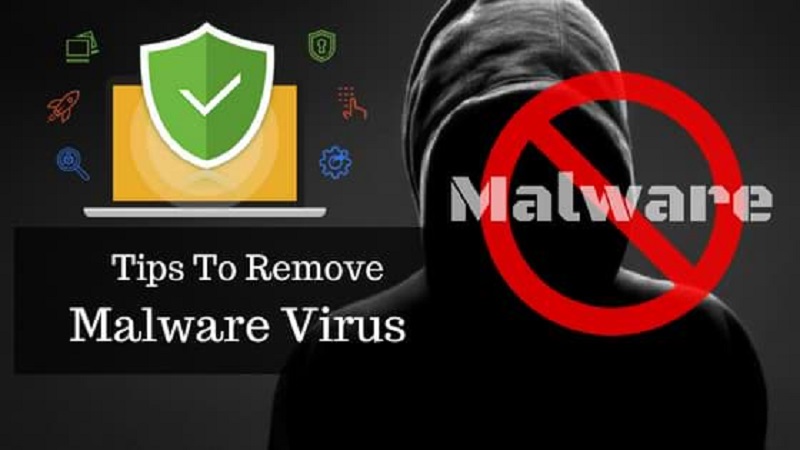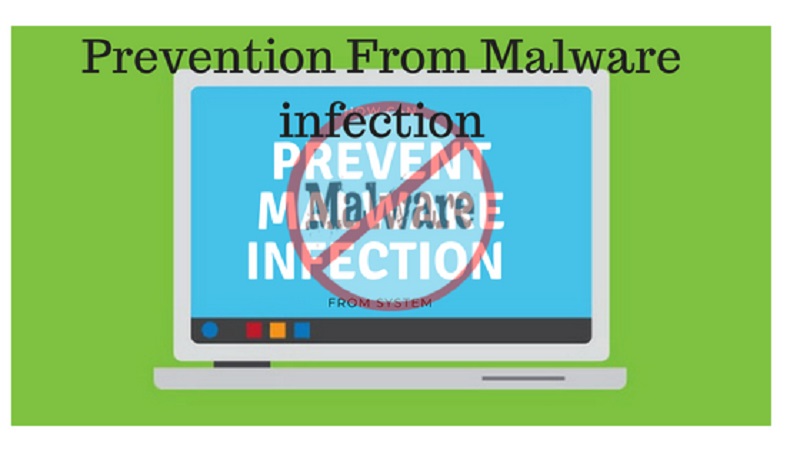The rate at which new malware is being created has taken a wildfire rate.
Facts and figures demonstrate that more malware has been created in the past few years than in the entire decade.

Benchmark and traditional anti-malware programming arrangements have not kept up, convincing organizations to develop and adopt progressively proactive malware recognition measures.
- This article includes detailed information about the below:
- Inspects the landscape of expanded PC threats.
- Gives direction on the most proficient method to react and respond to malware
- Shows where and how risk chasing incorporates into your security system
Don’t allow the threat of obscure malware harm your computer security and bottom line.
What is Malware?
Malware is a unification of “Malicious Programs” and is used as a broad term for the family of PC threats.
Ransomware, virus, worms, rootkits, adware, Trojans, browser hijacking are all types of malware that invade computer systems silently without users consent.
This is a generic term for programs designed to exasperate regular tasks, gather information without approval, provide unapproved access of your system to remote hackers, and perhaps other harsh or offensive conduct.
Malware and PC infection are utilized by digital hijackers to disturb the average system performance, send spam messages, gather and take individual data and commit false exercises.
Malware, how to detect it? Common symptoms
- Screen your PC for uneven conduct. Your PC may be defiled with malware if shows the below symptoms:
- Displays error messages all the tile, crashes frequently and slows down.
- Irregularities in ordinary restart and shutdown techniques.
- Fills PC screen with a variety of irritating promotions and pop-up banners.
- Serves improper ads and notifications that meddle with page content.
- Complete inability to expel unwanted software’s and programs.
- Infuses ads in places you usually wouldn’t see them, for instance, government destinations
- Shows pages you didn’t hope to visit, or sends messages you didn’t compose.
Other forewarning signs of malware incorporate.
- New and unidentified toolbars, plugins and extensions get added to your computer screen.
- Surprising changes in your program, for example, using another default web list or demonstrating new tabs you didn’t open.
- A sudden or repeated change in your PC’s web home page and search engine.
- Changed settings and altered parameters of the inbuilt firewall and antivirus program.
How can you prevent Malware infection? Stay away from Malware
Malware infection can result in dire consequences and may expose your personal and confidential information to the world, putting your identity at stake.
It is imperative to prevent malware from infecting your PC, below mentioned are a few necessary steps to lessen the chances of downloading malware.
- Introduce and Update security programming, and use a firewall-Opt for a productive PC security program and set your internet browser program, and antivirus program to update automatically with all recent versions.
- Try not to change your program’s security settings-By using the default parameters of your internet browser; you can constrain “drive-by” or bundled contaminations from tainting your framework.
- Do not ignore program’s security admonitions: Newer versions of internet browsers accompany default security scanners these days, which alert you before you visit a corrupted site page or download malevolent records.
- Prefer typing the URL of a trusted site, rather than using links contained in spam email: Cybercriminals appropriates email which looks honest to goodness and seems to originate from associations you know and trust. Such links and attachments appear to be safe however tapping on them may prompt a traded off pc.
- Try not to open web links and attachments in spam emails until you are entirely sure about its origin: Opening the wrong association — paying little heed to whether it originates from a known source — can present malware on your PC.
- Install programs from trustworthy sources: Use only genuine sites for all your downloading needs. Sites that offer loads of discount offers, PDF readers, and another online programming for free most likely incorporate malware.
- Read mentioned terms and conditions correctly while downloading software: While downloading software’s online you may often download extra packaging, check out for all additional items or leave the installation process entirely.
- Try not open any notifications and ads getting showed on your PC screen: Unwanted and defiled projects are frequently implanted in ads and pop-up banners that look honest to goodness. Refrain from tapping on these notifications unless you are sure about its origin and genuineness.
- Scan all portable devices before using them. Portable gadgets are essential carriers of malware and are generally used to spread PC infection starting with one system then onto the next.
- Safe Computing, Careless PC exercises can put the PC in risk: Tapping on pop-ups, downloading “free” projects and programs, opening spam email and system update notifications can result in a traded off pc.
- Regular and occasional system backup: Regardless of whether it’s your vital documents, photos, or private reports that are essential to you, backup all data that you’d need if your PC crashes.
With a growing dependency on technology, living without a computer system sounds impossible.
With a never-ending dependency on computer systems, it is essential that we take all measures to ensure its safety and security.
Use a comprehensive and sophisticatedly designed antivirus program and free anti-malware program to arm your system against all harmful malware.
The best PC practice ought to incorporate both watchfulness and PC security programming for general wellbeing from vindictive malware.

